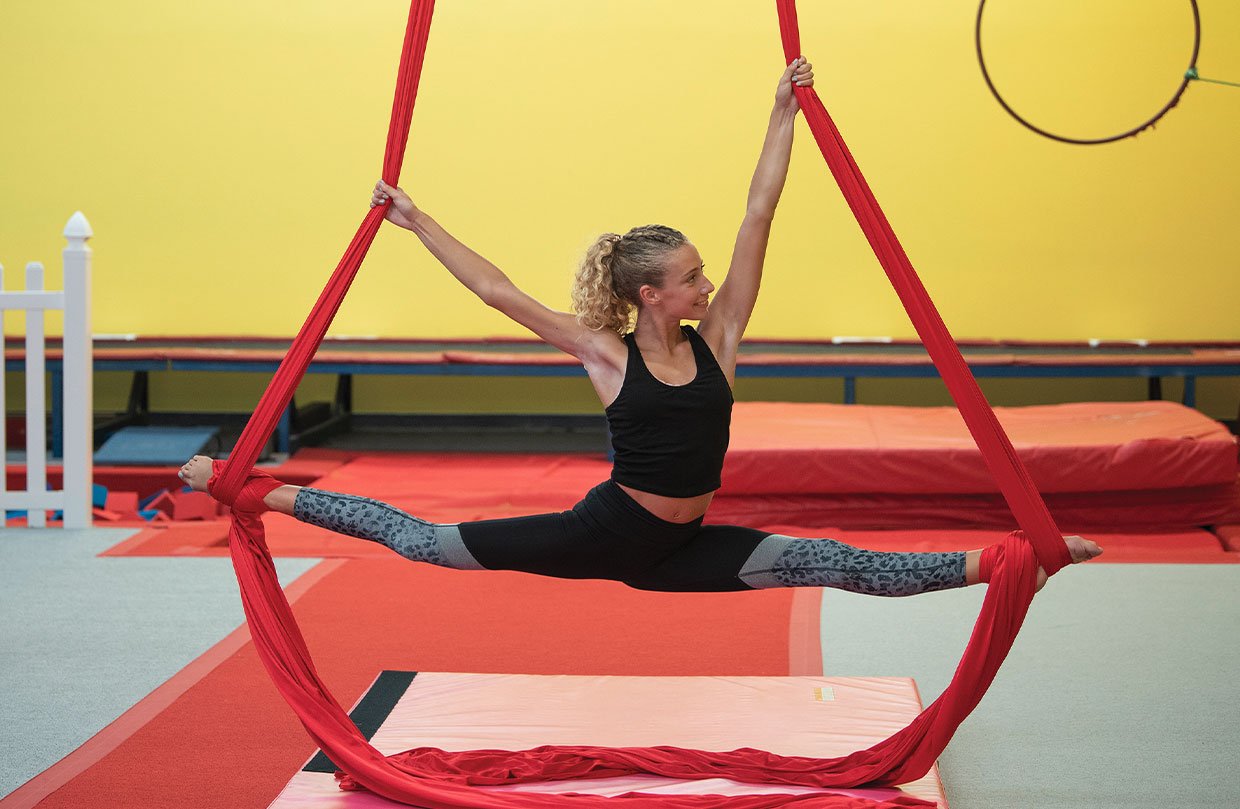Pointe of Recovery
By Aubrey Cindia
I started dancing when I was 3. Dance is special to me. It’s my passion.
When I was 9, my doctor noticed a slight curve in my spine1. When you dance ballet, you dance with pointe shoes. All the balance is on tiptoes in a straight alignment, perpendicular to the floor. My scoliosis was going to prevent that alignment.
For four years, I wore a brace. The curve, despite the brace, became quite severe. That’s when my doctors started thinking about spinal fusion. This would end ballet permanently for me, so I considered all my options.
I settled on a treatment called tethering, which involved putting a strong flexible cord material on my spine. That would allow my spine to straighten while it grows.
I was a little scared about the surgery. I chose my stepfather, Scott Bolek, to come back to the operating room with me. He always just made everything seem calmer around me. It was extremely special because a month after the surgery, he lost his battle with ALS. He wanted to do that one last thing for me to make sure I could continue dancing.
After the surgery and recovery period I was back on track. I’m so happy that I can dance again.
Aubrey Cindia, 16, recently landed a part in a production of The Nutcracker. She dances six days a week.

Photo: Courtesy of Aubrey Cindia
Note
- Cleveland Clinic Children’s orthopaedic surgeon Ryan Goodwin, MD, diagnosed Aubrey with scoliosis, a sideways curvature of the spine.
After spinal tethering, ballerina Aubrey Cindia is dancing again.
